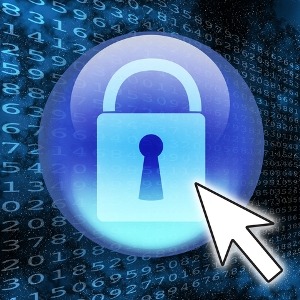Ever hear of a crime called skimming? It may not be as dramatic a crime as assault or Ponzi schemes, but it can cause significant problems to you as your savings account can be wiped out in a flash.

Picture a scrawny nerd tampering with an automated teller machine (ATM)—the machine you use with your debit card to get cash. The thief places a device over the slot through which you slide your debit card. You have no idea it’s there. You swipe your card, and the device “skims” or reads your card’s information. In the middle of the night, the thief creeps back, removes the skimming device, downloads your data, burns it to a blank ATM card, makes a fat withdrawal and goes home with the loot. Or they could download your information from the skimmer and then use your information to make online purchases or access your account. Either way, they could clean you out before you wake up next morning!
Now, to be successful, the criminal not only needs a skimming device, they also need to attach a tiny wireless camera to capture your PIN. These cameras are usually concealed in the lighting fixture above the keypad, in a brochure near the machine, or attached directly to the ATM.
To protect yourself from being skimmed, and generally staying safe when using your debit or credit cards, follow these tips:
- Scrutinize the ATM. This means every ATM, even ones from your bank. You also want to check any of the card sliders like ones at gas stations, etc, especially if you’re using your debit card. If the scanner does not match the color and style of the machine, it might be a skimmer. You should also “shake” the card scanner to see if it feels like there’s something attached to the card reader on the ATM.
- Cover the keypad when entering your PIN. In order to access your bank accounts, thieves need to have your card number and your PIN. By covering the keypad, you prevent cameras and onlookers from seeing your PIN.
- Check your bank and credit card statements often. If someone does get your information, you have 60 days to report any fraudulent charges to your credit card company in order not to be charged. For a debit card, you only have about 2 days to report any suspicious activity.
- Be choosy. Don’t use general ATMs at bars or restaurants. These are not usually monitored and therefore, can be easily tampered with by anyone.
Stay safe from skimming!
Robert Siciliano is an Online Security Expert to McAfee. He is the author of 99 Things You Wish You Knew Before Your Mobile was Hacked!
Comments